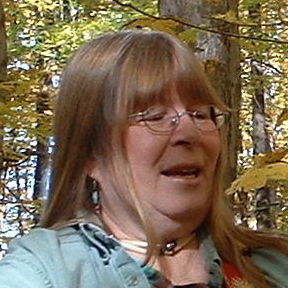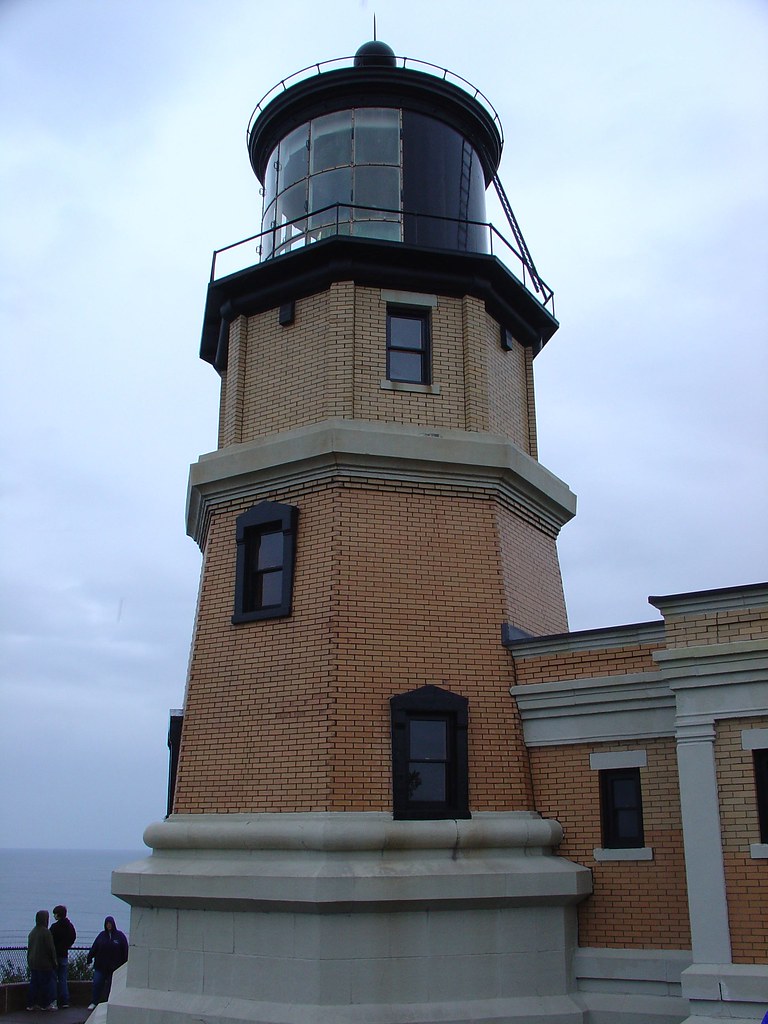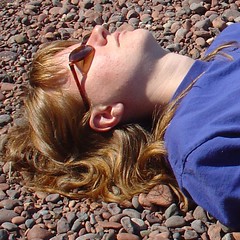story of Estevan
OK so there's this guy, Estevan, a black Moroccan, slave of a guy named de Carronca, and by chance, he's on this boat, which represented an attempt by Pamfico de Narvaez to settle Florida from Mexico, in 1528. And they get shipwrecked, and only four of them survive, landing around the Gulf coast somewhere but making their way, eventually, to what is today Galveston, Texas. The four that survive are Alvar Nunez Cabeza de Vaca, Andres Dorantes de Corranca, Alonzo de Castillo y Maldonado, and Estevan, a slave of de Carronca. So he's lucky to survive this terrible shipwreck, but unlucky in the sense that his owner survived as well, so he was still a slave. He has a name which will appear later as he, Estevan, eventually becomes the first black man in New Mexico.These four start out from Galveston, and have a pretty hard time. Their goal is to get back to Spanish civilization, which in 1528 would be the center of Mexico, or, if you go straight west, somewhere in Chihuahua. There was not much in what is now Matamoros, Laredo, Big Bend, etc. Well, there were people, but they didn't especially like these four, or were inclined to help them. At some point however they picked up a story, the story of the Seven Cities of Cibola. Some textbooks have them picking up this story after they arrive in Chihuahua, or even after they first visit New Mexico (now you're talking only Estevan; the other three were not involved in the trip up to the Pueblos). But at some point they heard this story, and it apparently was well known.
Six of the Seven Cities of the Cibola (the buffalo, according to Sando, but "gold" according to other textbooks) were Halona, Matsaki, Kiakima, Kuakina, Kechipawa, and Hawikuh. These names are related by Joe Sando, too, I believe, in Nuevo Mexico, an anthology. There was a seventh city, Kwilelekia, he said, which wasn't found at that time, but has been found since then; it was near present-day Silver City, NM. Of these seven, one, Hawikuh, is known in the present day as the Zuni Pueblo. This is the one Estevan eventually walked into.
Ah but it took them years. These four set out west, from Galveston, and nearly starved several times. They were taken prisoner, escaped or were freed, and then taken prisoner again. It took them eight years, and finally they arrived in San Miguel de Culiacan, in western Mexico, so the story goes, in 1536. Here, the story goes, they were starved and delusional, bad shape, but they told the story of the Seven Cities to an eager audience of Spanish royalty and explorers. Upon hearing of Seven Cities of the Cibola, the Spanish who were generally inclined to "explore" got greedy; their mouths watered, their greed overflowed, and they decided to send an expedition up north to see what they could plunder.
Now keep in mind that this happens at a time where Spanish plunderers had already done in the Aztecs, but, based on what they'd found, they hadn't had reason, before, to think there was much up in the New Mexico country. What few expeditions there had been, were not very successful, or hadn't come back. And, of the four ragged shipwreck survivors, three weren't interested in pursuing the matter, though Cabeza de Vaca's name sticks in my head, perhaps for other reasons. In any case, when they set out to explore the north, from San Miguel de Culiacan, they picked Marcos de Niza, a Franciscan friar, and another friar, and some native guides, and then they got Estevan to go along. Estevan from Azamore (Azzamour), they called him, and he was described as fanciful. They had purchased him from de Carronca. They set out for Hawikuh in 1539.
Estevan was fond of women and turquoise, and had a gourd with feathers, and began to get along well with people along the way, who kept providing him more of what he needed, and making him feel that he was indeed a great leader, come up north to communicate or for whatever reason. One friar got sick, and Marcos de Niza sent him back; then he, Marcos, became weary of Estevan's style, and had trouble staying with him. When Easter Week came they stopped in Vacapa and he chose to send Estevan ahead by himself. He told him the following:
If you find nothing, send back a cross the size of a hand. If you find something good, send back a cross twice the size of a hand. And if you find something great, like a country, with tons of gold, send back a cross the size of a man.
Four days later, a messenger appeared with a cross the size of a man. Marcos de Niza felt that Estevan had stumbled upon something.
Estevan made it up to Hawikuh (Zuni pueblo) but they killed him. According to Joe Sando, he'd offended them when he'd sent his calabash ahead of him; he claimed that he was the advance of a large party, and they should just deliver unto him, women, and turquoise, and whatever they had. The Zunis apparently felt that if he was the advance of a large party, it was just as well they should kill him, so he doesn't tell them where they were. In any case, the Zuni were known to say, "The first white man we ever saw was a black man." He's still portrayed, even today, at feast day in Jemez Pueblo, where a black man and white man are portrayed together.
Marcos de Niza made it a little later; he put crosses on the hillsides, declared the area as part of Spain, and went back to tell everyone about the Zuni Pueblo and whatever else he had found. He was later to say, I think, that there were indeed seven cities, and one, the one he had been to, was very good with the metalsmithing and thus worthy of plunder. People blame de Niza for spreading stories of gold and silver that eventually brought more Spanish up to New Mexico, looking for gold and silver. The origin of the story of the Seven Cities is unclear. Some NM History textbooks place it here: de Niza made it up, and went back and told everyone. Others say no, it was something the four shipwreck survivors heard, way down on the Gulf Coast or soon after. This also is something I'd like to look into.























































0 Comments:
Post a Comment
<< Home